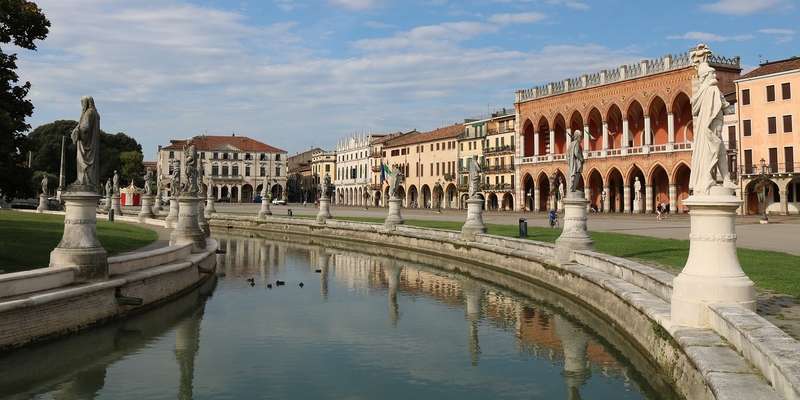- Home
- Useful Tips
- One-day itinerary for Padua's...
Exploring Padua's profound religious heritage in a single day presents a unique challenge. Over 60% of visitors to this UNESCO-listed city miss key spiritual sites due to poor timing and overcrowding at major sanctuaries. The frustration mounts when you realize you've spent half your day in queues rather than contemplating Giotto's masterpieces or Saint Anthony's relics. Morning light floods the Scrovegni Chapel at angles unseen by afternoon groups, while local feast days can transform quiet cloisters into impassable thoroughfares. Without insight into Padua's sacred rhythms, you risk surface-level encounters with these soul-stirring spaces that have drawn pilgrims for eight centuries.


Beating the crowds at Scrovegni Chapel
The jewel of Padua's spiritual crown requires military precision to visit properly. Giotto's revolutionary fresco cycle limits visitors to 15-minute slots, with 98% of daytime bookings gone by 10am. Locals know the magic hour is 7pm in summer when golden light illuminates the Last Judgment, and groups thin after 5pm year-round. Reserve online exactly 30 days out (not before) when the Comune releases new slots. If sold out, the adjacent Museo Civico offers context that transforms your eventual viewing. Pro tip: the chapel's climate control mandates bringing a light sweater even in August.
Navigating the Basilica di Sant'Antonio complex
Padua's sprawling spiritual heart demands strategy to avoid overwhelm. While most beeline for the saint's tomb, savvy visitors start at the Oratory of San Giorgio's vivid frescoes before groups arrive. The basilica's five cloisters each offer distinct atmospheres - the Magnolia cloister's 15th-century pharmacy makes perfect respite at midday heat. Don't miss the Treasury Chapel's vocal masses (Tuesdays 11am), where acoustics make Gregorian chants resonate through your bones. For relic viewing, come after 3pm when school groups depart - the saint's uncorrupted tongue deserves quiet contemplation.
Hidden spiritual stops most tourists miss
Two blocks from the crowded Prato della Valle lies Santa Sofia, Padua's oldest church with foundations whispering of Roman temples. Its off-kilter axis and 7th-century capitals reward those who brave the irregular opening hours (knock for the caretaker). The Oratorio di San Michele feels frozen in time, its 1397 fresco cycle glowing under original candle soot. For a truly local experience, join Padovani at the Chiesa degli Eremitani's 6:30pm vespers - the Augustinian monks' chanting syncs perfectly with sunset through the rose window. These intimate spaces require no tickets, just respectful silence.
Sacred art logistics made simple
Padua's ecclesiastical treasures span 20 locations, but the Diocese's combined ticket (valid 48 hours) covers seven major sites including the Baptistery's heaven-on-earth frescoes. Purchase at any participating venue to avoid duplicate entry fees. For transport, the APS bus line connects all key religious sites - validate tickets onboard to avoid fines. Time-pressed visitors should prioritize the three UNESCO sites: Scrovegni Chapel, Basilica and Baptistery. End your day at Caffè Pedrocchi near the university, where 19th-century intellectuals debated theology over mint-infused coffee - a perfect secular coda to your sacred journey.



